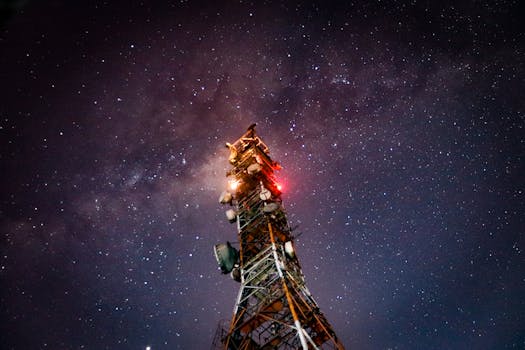
Starlink: Revolutionizing Global Internet Connectivity with Satellite Technology
Starlink, the focus keyword, is a satellite constellation developed by SpaceX, aiming to provide high-speed, low-latency internet connectivity globally, bridging the digital divide and transforming the way we communicate. With its innovative technology and ambitious goals, Starlink is poised to revolutionize the way we access and utilize the internet.
Introduction to Starlink
Starlink is a constellation of low-Earth orbit (LEO) satellites, designed to provide broadband internet connectivity to remote and underserved communities worldwide. The project was announced in 2015 by SpaceX, with the goal of launching a network of satellites that could offer fast and reliable internet access to anyone, anywhere in the world. Since then, SpaceX has made significant progress in developing and launching the Starlink constellation, with over 3,000 satellites already in orbit.
How Starlink Works
Starlink uses a network of LEO satellites, which are positioned at an altitude of approximately 550 kilometers above the Earth’s surface. These satellites are equipped with advanced technology, including phased array antennas and high-gain antennas, which enable them to communicate with user terminals on the ground. The user terminals, also known as satellite dishes, are small and compact, making them easy to install and maintain. When a user sends data through the Starlink network, the signal is transmitted to the nearest satellite, which then relays the signal to the destination, either directly to another satellite or to a ground station.
Benefits and Applications of Starlink
Starlink offers numerous benefits and applications, including providing internet access to remote and underserved communities, enabling global communication and connectivity, and supporting a wide range of applications, such as online education, telemedicine, and emergency response services. Additionally, Starlink can provide backup connectivity during natural disasters or network outages, ensuring that critical communication services remain available. With its high-speed and low-latency connectivity, Starlink also has the potential to support emerging technologies, such as virtual and augmented reality, and the Internet of Things (IoT).
Challenges and Future Developments
Despite the significant progress made by SpaceX, the development and deployment of the Starlink constellation are not without challenges. One of the major concerns is the potential for space debris and the impact of the satellite constellation on the environment. Additionally, there are regulatory and spectrum allocation issues that need to be addressed. Nevertheless, SpaceX continues to push the boundaries of innovation, with plans to launch more satellites and expand the Starlink network to provide global coverage and support a wide range of applications.




